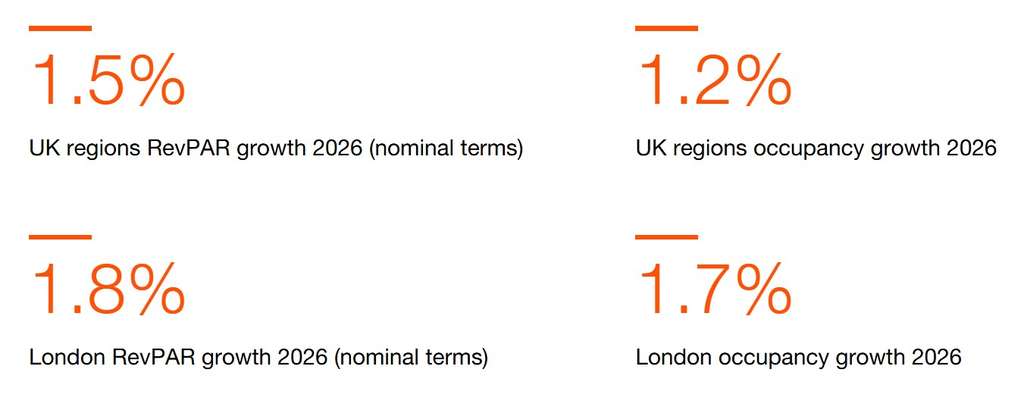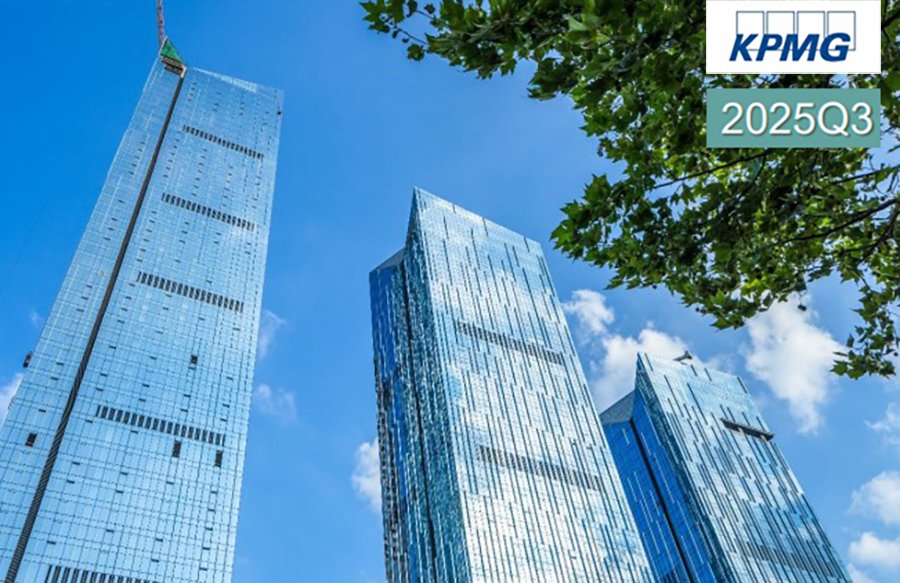читайте также
 Vietnam Struggles With Severe Flooding: Deaths Reported, Tourists Trapped
Vietnam Struggles With Severe Flooding: Deaths Reported, Tourists Trapped
 PwC: UK Hotel Market Remains Resilient in 2026 — Time for Innovation, Efficiency, and Strategic Growth
PwC: UK Hotel Market Remains Resilient in 2026 — Time for Innovation, Efficiency, and Strategic Growth
 Private Jet Rentals Redefine Luxury Travel: The Emerging Trend of 2025
Private Jet Rentals Redefine Luxury Travel: The Emerging Trend of 2025
 Formula 1 Grand Prix Brings Singapore’s Hotel Market to Record-Breaking Heights in October 2025
Formula 1 Grand Prix Brings Singapore’s Hotel Market to Record-Breaking Heights in October 2025
 Austria’s Real Estate Market Accelerates: Sales Up Nearly 14%
Austria’s Real Estate Market Accelerates: Sales Up Nearly 14%
 Cyprus Real Estate: Prices Rise, Returns Fall
Cyprus Real Estate: Prices Rise, Returns Fall
Properties with “Okupas” for Sale in Spain: An Emerging Segment of the Market

In Spain, an increasing number of apartments occupied by squatters—known locally as okupas—are entering the sales market. Owners who choose not to wait for a full legal eviction are offering these properties at significant discounts. According to data reported by the portal Idealista, in the third quarter of 2025 there were 23,010 listings of homes with okupas, representing roughly 3% of the total offer volume in the country.
Discounts of up to 50% compared with standard market prices have been noted, explained Francisco Iñareta of Idealista. He observed that the mere attempt to downplay the scale of illegal occupation does little to change the market reality. The risk perception among owners is heightened, and many homes leave the rental market entirely as a result of unresolved occupation.
Where the situations are most concentrated
Among provincial capitals:
- Barcelona: 855 listings of occupied homes for sale (~3.7% of all offerings in the city)
- Madrid: 776 (≈2.4%)
- Seville: 558 (≈8.4%)
- Murcia: 427 (≈6.3%)
- Málaga: 304 (≈3.4%)
- Valencia: 200 (≈2.3%)
- Palma (Mallorca): 184 (≈2.5%)
- Almería: 158 (≈6.4%)
Together, these eight cities account for about 69% of all listings in Spain of properties with okupas.
In the provinces, again Barcelona leads with 6,587 such listings — or 7.9% of the local market. Other high-incidence provinces include Seville (6.6%; 1,222 units), Almería (5.1%; 749 units), Huelva (5.1%; 318 units), Murcia (4.9%; 1,395 units) and Toledo (5.3%; 567 units). Lower incidence is recorded in Soria (0.1%), Ourense (0.4%), Palencia (0.6%), Salamanca and Ávila (~0.7%).
By autonomous community: nearly 40% of the country’s listings of homes with okupas fall in Catalonia, followed by Andalusia (22%), Valencian Community (11%), Madrid (7%), Murcia (6%).
Why does this matter?
The growing occurrence of occupied-property listings signals a structural dimension to the squatter phenomenon in Spain, not just isolated cases. According to Spanish Ministry of the Interior data, 16,426 cases of squatting were registered in 2024 — up 7.4% year-on-year — though sources estimate the actual number of occupied properties may reach 80,000.
Such developments have important implications for homeowners, investors and the rental market. Evicting okupas can be a long, expensive and legally complex process. Some experts describe drip fees or negotiations before eviction, extended legal wait times, and properties being effectively immobilised for months or years.
Implications for buyers and sellers
For sellers: Choosing to sell a property while it is still occupied may capture value and reduce risk of further deterioration — but typically at a steep discount.
For buyers/investors: Acquiring a property with okupas requires thorough due diligence: legal risk, potential hidden costs (eviction, restoration), and uncertain timelines must be factored.
For the rental market: As owners withdraw properties from the rental pool out of fear of occupation or inability to manage risk, supply is further squeezed — pushing up rental prices and reducing stock.
Outlook
Although legal reforms have been introduced in recent months to expedite evictions and clarify owner protections, the operational and cost challenges remain significant. The coexistence of persistent vacancies, speculative investment and the okupas phenomenon means this segment cannot be ignored in a full assessment of Spain’s real-estate ecosystem.
Подсказки: Spain, real estate, okupas, squatting, property investment, Catalonia, Andalusia, housing risk, evictions, discounted homes





